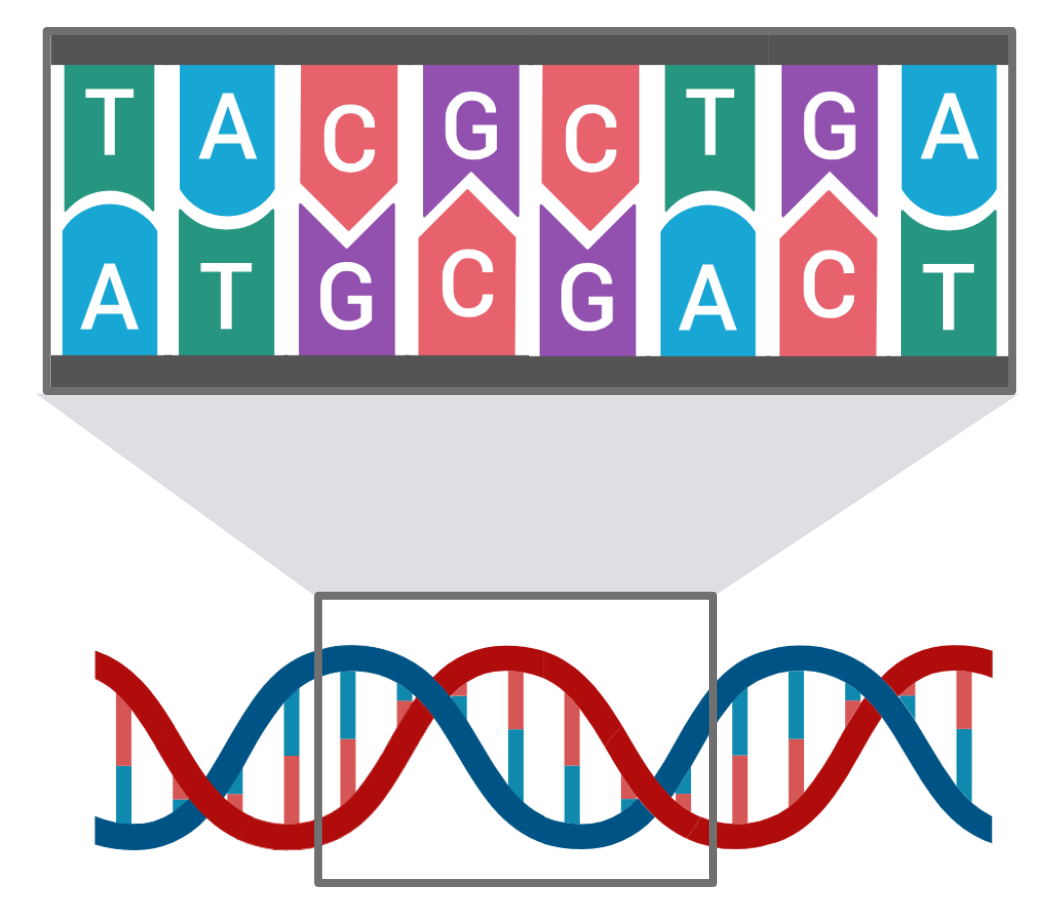- Definition: Genetic Code is the set of rules by which information encoded in genetic material (DNA or RNA sequences) is translated into proteins by living cells.
- Universal: Applies to almost all organisms, with few exceptions.
Table of Contents
Characteristics of Genetic Code
- Triplet Code: Each codon consists of three nucleotides.
- Non-overlapping: Each nucleotide is part of only one codon.
- Degenerate: Multiple codons can encode the same amino acid.
- Unambiguous: Each codon codes for only one amino acid.
- Start Codon: AUG is the initiation codon, coding for Methionine.
- Stop Codons: UAA, UAG, and UGA signal termination of translation.
Codon Usage
- Redundancy: Some amino acids are encoded by more than one codon.
- Wobble Hypothesis: Flexibility in the third base of the codon allows for multiple codons to pair with the same anticodon.
Translation Process
- Initiation: Ribosome assembles around the target mRNA. The start codon is recognized, and Met is established as the first amino acid.
- Elongation: tRNAs bring amino acids to the ribosome according to the sequence of codons in mRNA.
- Termination: When a stop codon is reached, the ribosome releases the polypeptide.
Genetic Code Exceptions
- Mitochondrial Variations: Slight differences in the genetic code found in mitochondria.
- Expanded Genetic Code: Some organisms can incorporate non-standard amino acids through codon reassignment or by using specific tRNA synthetases.
Clinical Significance
- Mutations: Changes in the genetic code can lead to diseases if they result in dysfunctional proteins.
- Genetic Diseases: Caused by mutations that disrupt the normal function of genes.
Applications in Biotechnology
- Protein Engineering: Designing proteins with new functions by manipulating the genetic code.
- Gene Therapy: Correcting defective genes responsible for disease development.
Conclusion
The genetic code is the universal language translating DNA and RNA sequences into proteins. Despite being highly conserved, it shows characteristics like redundancy and non-overlapping sequences. The translation process—initiation, elongation, and termination—is crucial for protein synthesis. Variations like mitochondrial differences and the expanded genetic code highlight its adaptability. Understanding the genetic code’s role in mutations and genetic diseases underscores its clinical importance, while its applications in biotechnology, such as protein engineering and gene therapy, reveal its potential for innovation.

